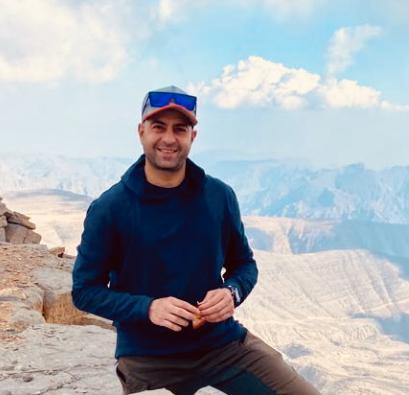Branding A Boutique Hotel
Known for their intimate décor and personalized luxury, boutique hotels are continuing to fascinate the world with the customizable experience they offer. More and more travellers looking for intimacy, grandeur and a unique experience are now opting for a boutique hotel experience during their travels. Disrupting the hospitality industry, millennials too are craving for unique experiences while travelling and are extremely selective where they spend their money and time.
As travelling becomes more of an experience, more and more travellers are looking for culturally immersive and intimate experiences that allows them to tell a story of their travels and share on their social media channels. Boutique hotels have grown to provide these experiences mixed with daily comforts of life and convenience.
With their rising popularity, there is a growing need for boutique hotels to differentiate themselves from their competitors. Building a strong brand and getting the right brand messages across helps in creating a niche within the market. Here are some steps that a hotel can adopt to create a strong brand within its potential customers.
Step 1: Identify your USP
As a boutique hotel, identify what are the key aspects of your property and service that sets you apart from your competitors. For instance, a uniquely-renovated property in the middle of Paris can offer a taste of Parisian culture and comforts of a home away from home. In this case, the differentiation will be experiencing a unique culture without compromising on the comforts.
Once you have identified a key factor that differentiates your offering, factor in the key feature in your property’s branding. An important consideration while deciding on your property’s branding is where you want to be as a brand in the future. Identifying your future goals helps in evaluating all of your future marketing decisions against, as you make strategic branding decisions; i.e. creating your collateral, developing ads, etc. to ensure that you are always moving towards your ideal end-goal.
Step 2: Identify your customer
Envision your ideal customer, and build your brand accordingly. Are you targeting backpackers or luxury travellers? Are you looking to attract millennials or corporate clients? Keeping your customers in mind helps in building an experience that is centred around your target audience. A key consideration while envisioning your customers is the geographical location. Will your brand be catering to customers locally or will it be a global brand?
Step 3: Defining Brand Positioning
Brand positioning is the process of positioning your brand in the mind of your customers. Brand positioning helps you in differentiating yourself from your competitors and create recognition and awareness about your brand among your target audience.
A good brand positioning depends upon four pillars: energized differentiation, relevance, esteem, and knowledge. The building blocks of a brand starts with energized differentiation where a brand highlights it’s offering and differentiates itself from its competitors. Relevance steps in when the brand recognizes the customer’s needs and wants, and identifies how the brand’s offerings pertains to their target audience. A high Esteem builds among the consumers’ minds when the brand stays true to itself and delivers the brand promise. Knowledge about the brand builds over the time when brands communicate its messages clearly and builds awareness about itself.
Step 4: Identity Development
Brand identity is a collection of all brand elements that the hotel uses to portray the right image of itself to the consumer. Brand identity development relies heavily on a clear and defined brand position statement and should reflect the brand’s promise. A brand promise is an extension of a company’s positioning and manifests among target audience delivery of the brand experience.
Over the years, hotel chains and individual properties have relied heavily on communicating their experiences through a strong brand identity. For instance, disrupting the traditional perception of hospitality, W hotels have emerged as a rebellion force within the hospitality industry with its ultra-chic lounges, design-led infrastructure and bright colours targeting specifically millennials. While introducing Zabeel House, a division catering to millennials looking for local experiences, Jumeirah Group, who are otherwise known for their opulent offerings captured a trendy and urban feel for their newest offering.
Another great example of building a customer base while solely relying on brand positioning is of Aman luxury resorts that are widely acclaimed for their ultra-premium service, luxury and high profile clientele in the most exotic locations of the world. Building a cult following of their own, Aman created a brand identity for itself by remaining unbranded and focusing exclusively on providing an un-institutionalized intimate experience to its guests.
Step 5: Getting the message out
Once all the branding elements have been decided and developed, it’s time to get your message out through an integrated marketing, advertising, and public relations campaign. As you have already selected your target audience, select your medium of communication and execute the campaigns accordingly. Just remember that all of the messages should be consistent and in line with your brand’s messaging.
A strong and well-defined brand positioning and identity not only helps in aligning a hotel’s messages to its target audience but also acts as a barometer for future branding efforts. Hoteliers around the globe have attributed a strong brand identity to their success. Any boutique hotel brand aiming to be a success has to treat the brand development process as an essential.





